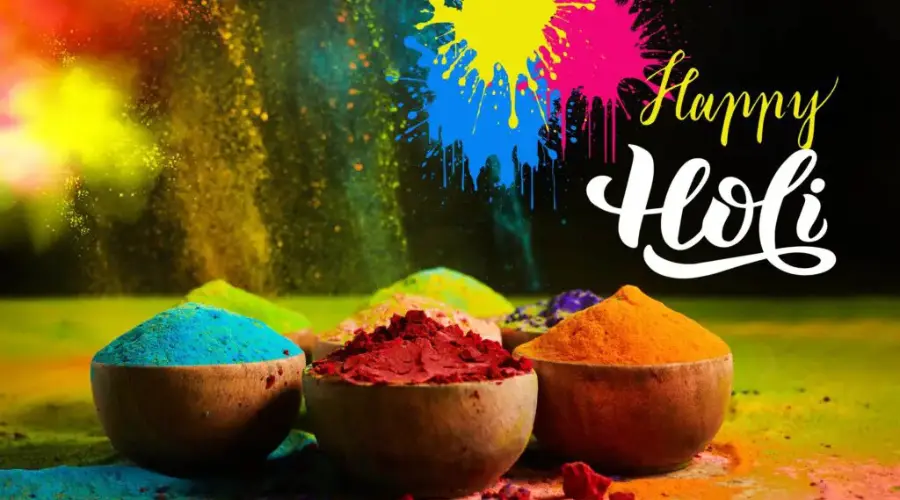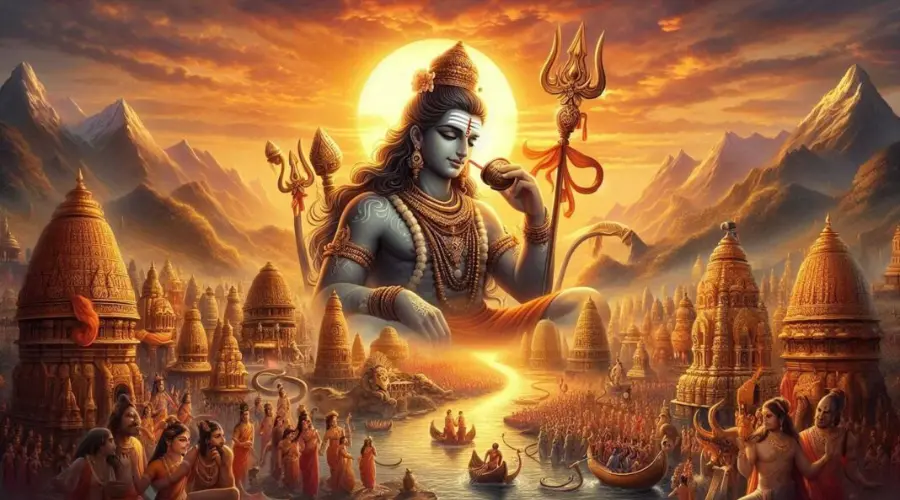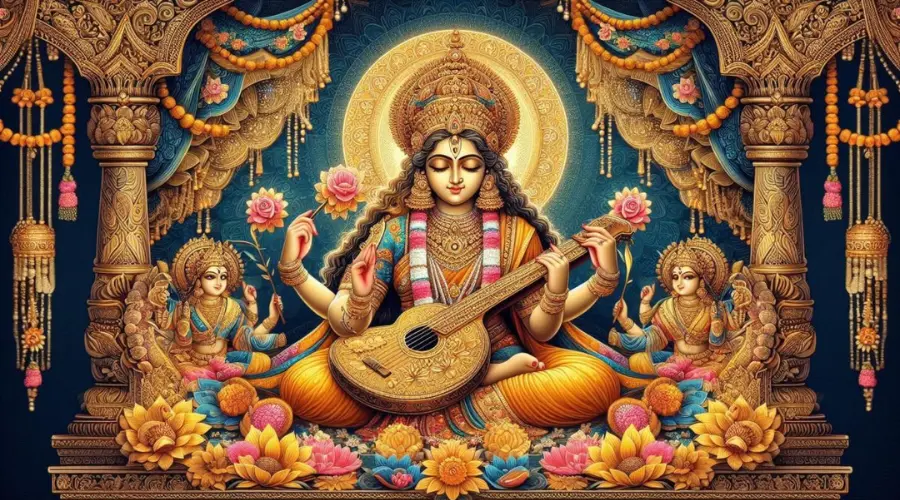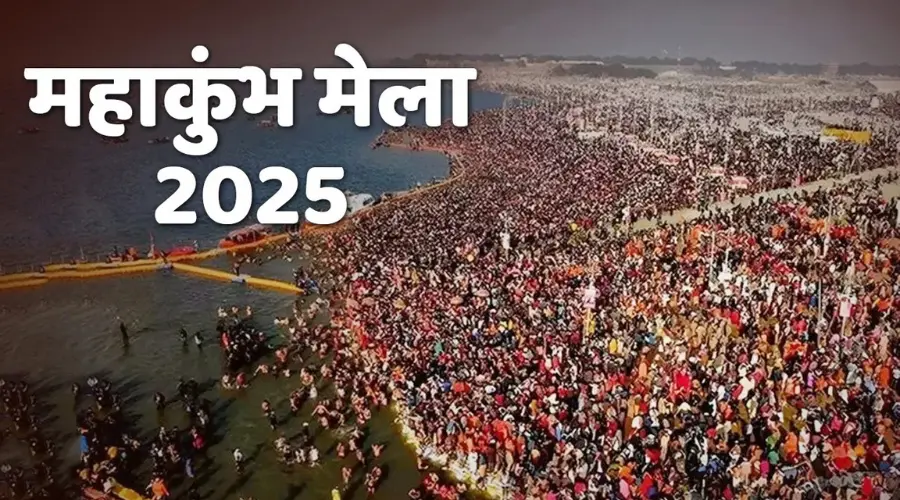Keshav Dev Temple
Among the vast pantheon of gods and goddesses in Hinduism, Shri Krishna occupies a special place in our hearts. Mischievous tales from his childhood continue to regale us and make him the beloved of one and all. It is only natural then, that Shri Krishna Janmabhumi (birthplace), located in Mathura, Uttar Pradesh, is regarded as one of the holiest destinations in India.
According to Mahabharata and Bhagavata Purana, two Hindu mythological texts, Shri Krishna was born around 3228 BC. Mathura itself is associated with an interesting history. It is believed that this city was founded in the Treta Yug by Shatrughan, who was the younger brother of Lord Ram. It was later ruled by King Kansa, an evil king who met his end at Krishna’s hands.
Today, there are a series of temples around the spot where Lord Krishna was born. Collectively, they are known as the “Shri Krishna Janmasthan Temple Complex”. The religious structures which form a part of this complex are Shri Krishna Janma Bhoomi, Keshavdeva Temple, Garbha Griha, Bhagwati Bhawan, and Potra Kund. Mythological sources also state that Krishna’s birthplace was known as Katra in ancient times and a temple was once built here by his grandson, Vajranabh. Each of these temples has some special attractions in them.
Shri Krishna Janma Bhoomi is believed to be the prison cell where Lord Krishna was born. Here, you come across a photograph of Lord Krishna. There is also an enormous hall that houses the images of Lord Krishna and Radha. Small sanctums for Goddess Durga and Navagraha (nine celestial bodies) are also found inside the temple. Keshavdeva Temple is one of the temples inside the Shri Krishna Janmabhoomi Complex. The shrine, as it stands today, was built by Ramkrishna Dalmia (an Indian industrialist) in memory of his father Jadiadevi Dalmia. The temple was inaugurated by Hanuman Das Poddar, a freedom fighter and Gandhian, in 1958.
History of Keshav Dev Temple
Sri Krishna Janmasthan Temple has been built around the prison in which Lord Krishna was born. It is believed that it was first constructed by the great-grandson of Krishna Vajranabha 5000 years ago. Then, it was rebuilt in 400 AD during the reign of Chandragupta Vikramaditya. However, it was destroyed in 1017 AD by Mahmud of Ghazni.
In 1150 AD, the temple was constructed for the third time during the reign of Raja Dhrupet Dev Janjua, Emperor of Mathura only to be destroyed by Sikandar Lodi, Sultanate of Delhi in the 16th Century. 125 years later during the reign of Jahangir, Raja Veer Singh Bundela rebuilt it with Rs 3.3 million. Again, Aurangzeb destroyed it in 1669 AD and built a masjid in its place. When the city of Mathura came under Britishers, the temple area was auctioned in 1815. Late Mahamana Pandit Madan Mohan Malaviya took the initiative to reconstruct the temple by establishing ‘Sri Krishna Janma Bhoomi Trust’ on 21st February 1951. With the rigorous efforts of many people, the construction was finally completed in February 1982.
Architecture of Keshav Dev Temple
Sri Krishna Janmasthan Temple Complex Houses Keshavdeva temple, Garbha Griha shrine, and Bhagavata Bhavan.
Keshavdeva Temple- Located south of the Shahi Eidgah, it was built by Ramkrishna Dalmia in memory of his mother Jadiadevi Dalmia. The construction started on 29 June 1957 and it was inaugurated on 6 September 1958 by Hanuman Prasad Poddar.
Garbha Griha Shrine- It is considered the place of the prison cell where Krishna is believed to be born. A marble pavilion and an underground prison cell were built on the place with a spacious veranda. There is a shrine near it dedicated to the eight-handed goddess Yogmaya. It is located against the rear wall of the Shahi Eidgah.
Bhagavata Bhavan- Dedicated to Shrimad Bhagavata, the construction of the temple was started on 11 February 1965. It includes five shrines, the main shrine consists of six-feet tall statues of Radha and Krishna, the shrine of Balarama, Subhadra, and Jagannath on right, the temple of Rama Lakshman and Sita on left, Garuda Stambha and Chaitanya Mahaprabhu in front of Jagannatha shrine and Hanuman in front of Ram shrine, the temple of Durga and the temple with Shivalinga. The ceiling, walls, and pillars of the assembly hall are adorned with frescoes depicting the life events of Krishna and his devotees. There is a circumambulation path whose walls are engraved with texts from Bhagavad Gita.
Potra Kund- It is a large water tank that is believed to be the first bath place of Lord Krishna.


























